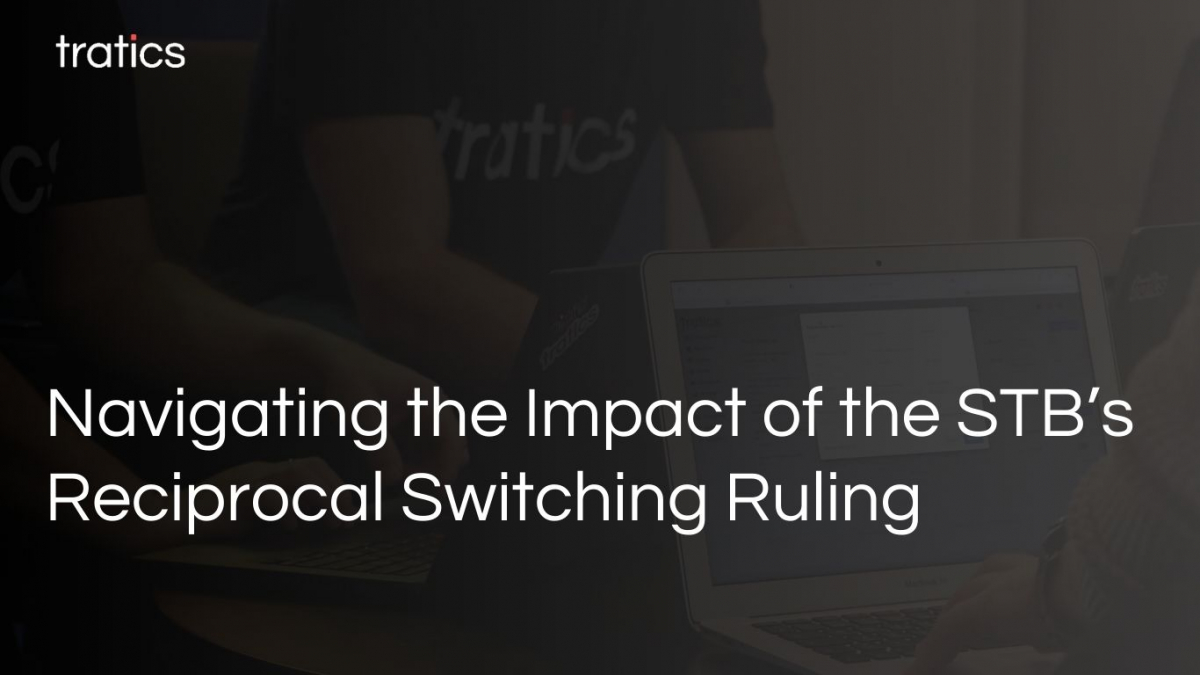Understanding Reciprocal Switching
Reciprocal switching, as sanctioned by the new STB ruling, represents a mechanism for businesses reliant on a single rail carrier to access alternative rail services through competing carriers when current carrier service levels fall below a certain threshold. This arrangement seeks to mitigate the challenges faced by industries constrained by a sole carrier, offering them the prospect of improved service options and negotiating leverage.
Key Provisions of the STB Ruling
The STB's ruling introduces structured criteria for shippers and receivers to petition for reciprocal switching agreements in areas monopolized by a single Class I rail carrier. By incentivizing competition among carriers, these altertive service carrier agreements aim to stimulate improvements in service standards and operational efficiency. Crucially, the ruling mandates that reciprocal switching agreements span a minimum of three years, with provisions for renewal contingent upon performance evaluations.
Ensuring Accountability through Performance Metrics
Central to the STB's regulatory framework is the establishment of performance standards to gauge carrier accountability. Shippers are tasked with monitoring and comparing performance metrics against those provided by Class I carriers. However, the efficacy of this accountability framework hinges on the accuracy and reliability of data collection processes.
Key Provisions of the new Switching Regulation
- Service Reliability: Delivery must meet 70% on-time performance over 12 weeks.
- Service Consistency: Transit time must not increase by more than 20% year-over-year.
- Inadequate Local Service: Local deliveries must meet an 85% success rate within a 12-hour window.
- Eligibility: Shipper must have access to only one Class I rail carrier and must be located in a "terminal area".
- Documentation: Collect and submit performance data demonstrating service failures.
- Petition: File a petition with the STB if criteria are met.
- Defenses: Consideration of extraordinary circumstances and third-party influences.
The Tratics Switching eligibility lookup tool
The STB's reciprocal switching ruling represents a paradigm shift in the freight rail industry, introducing a new avenue for competition and service enhancements. One of the key provisions of the STB rules requires that a shipper be located within a "terminal area". We at Tratics have attempted to answer this question by looking at industry data by shipper location. With the Tratics free Reciprocal Switching Eligibility lookup too, you can take the first step to determine whether your plant or location is eligible for the new switching arrangment.
Users can search for their location details to see if they meet the criteria for alternative rail carrier access, aimed at improving service reliability and competition. The tool simplifies the process of checking eligibility by offering a user-friendly interface for quick and accurate results.
For more information, visit Tratics Free Switching Lookup.

